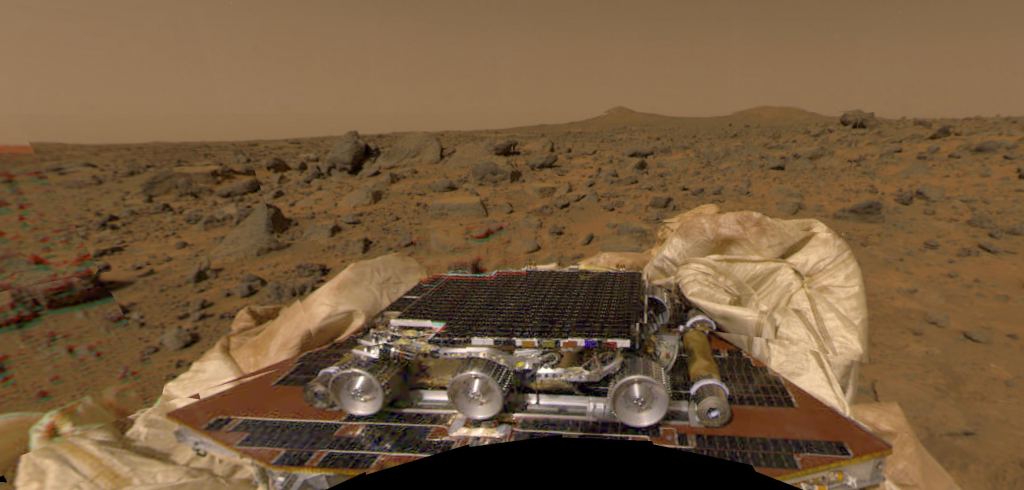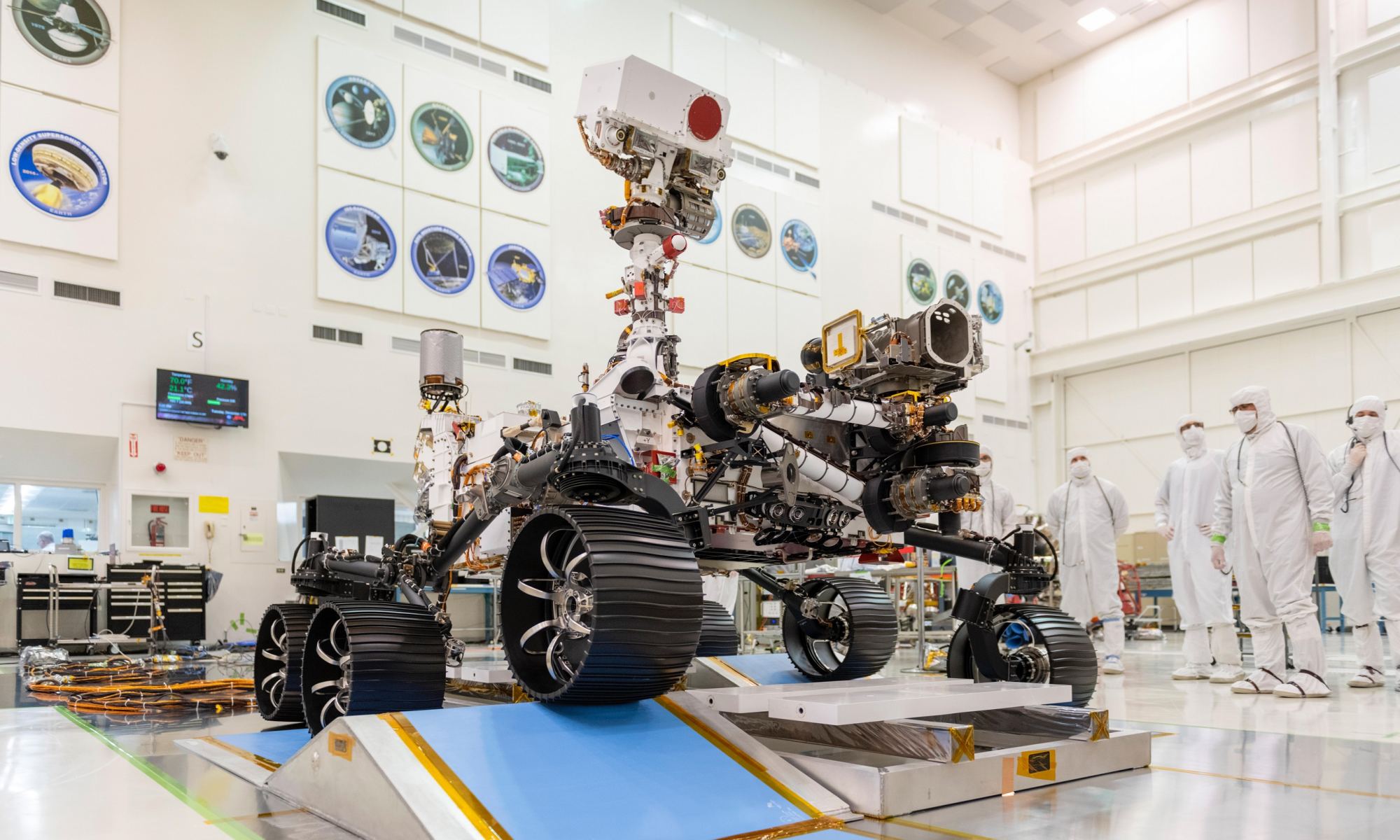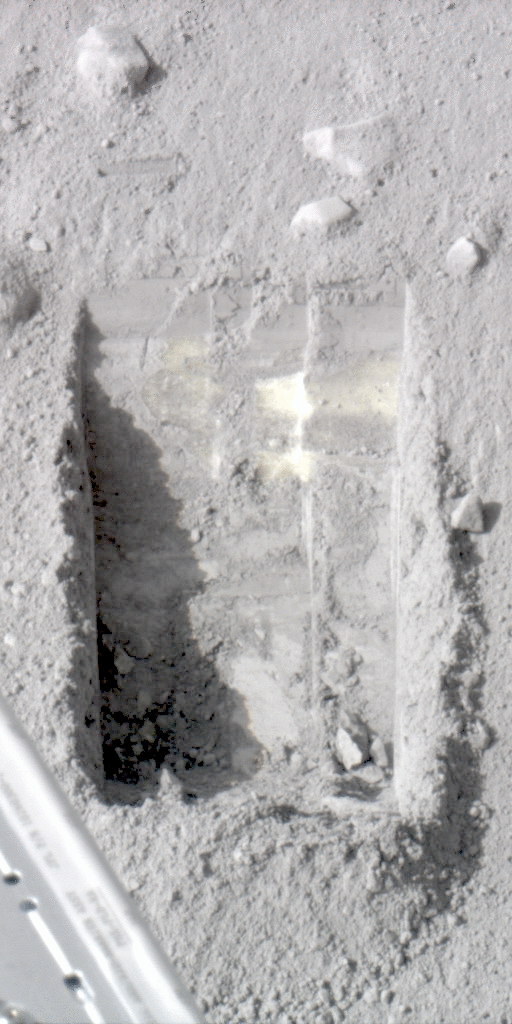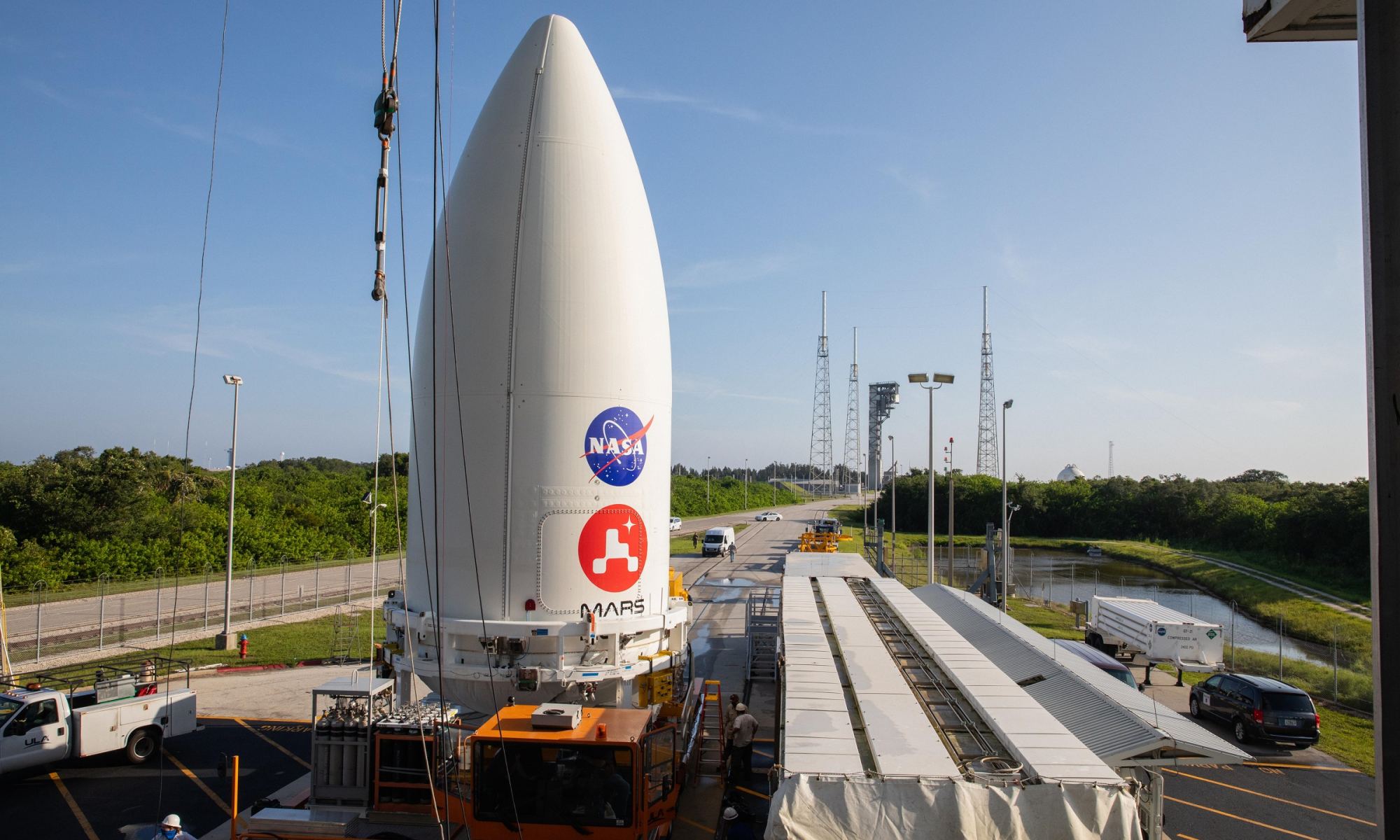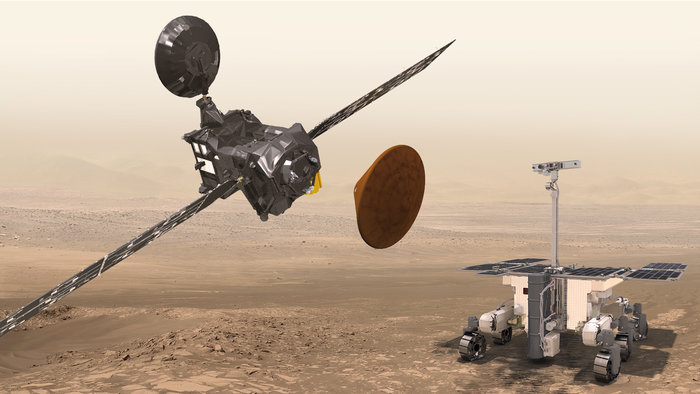I remember the Summer of 1997 when a shoebox-sized Mars rover literally broke the Internet.
Sojourner – the first rover we sent to another planet – had just landed on Mars in a giant space airbag bouncing along the surface to a safe stop. The Internet was new. And I was a young space enthusiast with a dial-up modem. For the first time, images from a space exploration mission were beamed to an audience that was connected online. Now we use the term “broke the Internet” as a hyperbolic phrase for various Internet phenomena, but interest in the Mars mission in 97 drove so many hits to NASA mirror servers around the world that global web traffic was disrupted. Patiently I watched as, line by line, orange sky to red stone, the first image posted by NASA loaded on my screen…it took about an hour. Each line resolved was like my own exploration of the planet. And finally, the landing site, in “real time”, was revealed to me and the entire world all at once. What would we discover together?
